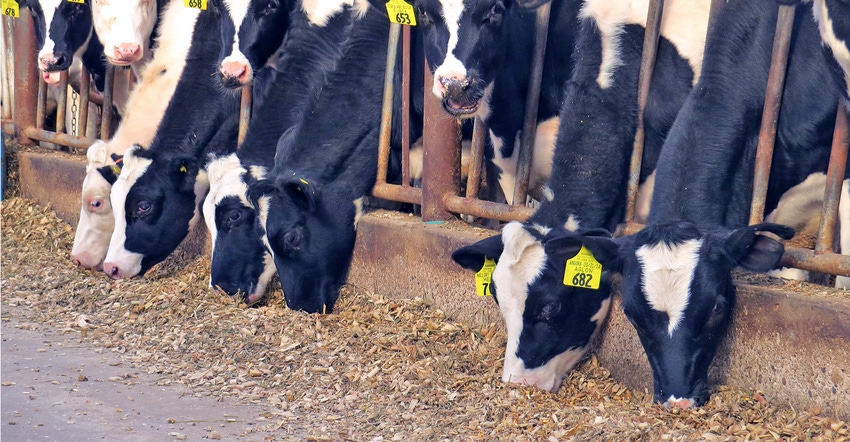May 16, 2018

My son and I milk 150 cows, raise 160 heifers and farm 350 acres. We have been struggling the past three years with low milk prices. We’ve managed to survive, but we borrowed $40,000 this winter to clean up our open accounts for fertilizer, seed, feed and veterinary care. What I’m wondering is if we should sell our heifers. Also, I’m wondering if we should sell them as they freshen or just schedule an auction this summer? The reason I ask is, it takes time and money to feed and care for them, and we can buy heifers for less than they cost us to raise. Maybe we can cut back from two part-time hired people to one. What are your thoughts?
Hodorff: You are correct in stating it takes time, labor and feed to raise heifers. I would suggest a better long-range plan on heifer raising. Currently, heifers are cheaper to buy than to raise. To me a better plan would be to know how many heifers you would need for replacements. Then raise only enough heifers for replacements.
You are questioning whether to sell fresh heifers or springers. You already have the investment in raising these heifers, so try to optimize dollars when you sell them. You could also assess your current inventory of heifers and sell off some of the marginal doers. Set your goal for replacements. Over time, you can decide your labor needs.
Miller: Dairy farm margins are very tight with lower milk prices, reduced milk premiums and higher feed costs. Taking a look at all of your expenses and assets is necessary when faced with tighter margins. It may or may not be beneficial for you to sell your heifers. It’s not just the cost of raising them; it’s also the genetic investment you have likely made for the future of your herd. Now is the time to pull your financial records together and look at every expense item, starting with the largest expenses; then look at every asset to determine if you have underutilized or excess assets that you could sell. Combined with better expense control, this could improve operating efficiency and cash flow. Don’t forget to also look at managing both input and milk price risk to further improve your chances of managing through the current environment.
If you need help, contact your Extension ag agent or a farm technical college instructor, and run your plan by your banker for thoughts and ideas. Take the time to review your whole farm’s finances. You may make a decision about selling heifers or reducing labor, but make it an informed decision after reviewing all expenses and assets. Good luck managing through this difficult period.
Wantoch: The cost of raising dairy calves and heifers is very significant on dairy farms. This cost is often the second-highest expenditure after milking herd feed costs, but it is often overlooked since no direct income is derived from the replacement herd. A team of University of Wisconsin-Extension agriculture agents and specialists have routinely collected data from dairy farms and custom calf and heifer raising operations to evaluate the economic costs and labor efficiencies associated with raising calves and heifers. Intuitive Cost of Production Analysis reports are available. I would encourage you to review and compare this information to the costs you may incur to raise heifers and calves. Expenditures are listed by cost centers of feed, labor and management, other variable costs, and fixed costs.
If you feel that your expenses are higher than the benchmark costs listed in each center, are there opportunities for you to reduce expenses? Could you identify ways to improve labor efficiency? How expensive is the feed you are feeding young stock? Is there a neighbor who may be interested in custom-raising your heifers at a cheaper cost? Identifying areas to improve may lead to enhanced profitability.
Agrivision panel: Doug Hodorff, Fond du Lac County dairy farmer; Sam Miller, managing director, group head of agricultural banking at BMO Harris Bank; and Katie Wantoch, Dunn County Extension ag agent specializing in economic development. If you have questions you would like the panel to answer, send them to: Wisconsin Agriculturist, P.O. Box 236, Brandon, WI 53919; or email [email protected].
You May Also Like




